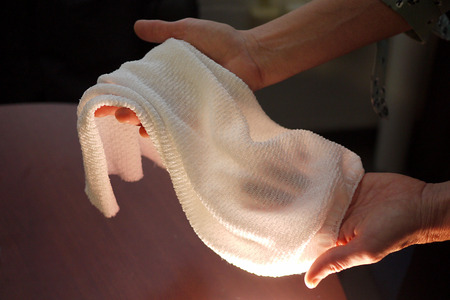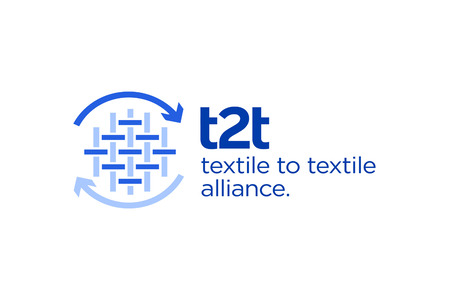
IIT-K team has fashioned wearable technology from silk
YarnsandFibers News Bureau 2017-06-15 12:00:00 – KharagpurA team of experts at the Indian Institute of Technology – Kharagpur has fashioned a hybrid material based on silk protein called silk fibroin due to unique properties of silk. This novel material has the potential to spawn prototype textile-based smart electronic devices for soldiers and defence personnel as well as for biomedical applications.
They have designed a hybrid photodetector using zinc oxide nanostructures on gold-nanoparticle-embedded silk protein for applications that combine electronics and light, said Samit K. Ray, currently officiating as the Director of S.N. Bose National Centre for Basic Sciences, Kolkata.
Ray said that a photo detector operates by converting light signals to a voltage or current. The hybrid material can store data and can detect light, both in the ultraviolet and visible wavelength range, thereby offering greater sensitivity and scope of detection. The USP of the hybrid material is its flexibility, stretchability, biocompatibility and biodegradability.
These properties are due to a combination of silk fibroin and semiconducting zinc oxide in presence of gold nanoparticles. Bombyx mori silk worms are the main producers of silk fibroins worldwide in the form of cocoons. These fibroins are attractive due to their high mechanical strength, toughness, thermal stability and biocompatibility/ biodegradability.
Although 95 percent of commercial electronics and computing systems deploy silicon as the semi-conductor material, Ray said that the team opted for zinc oxide instead. Conventional silicon chip is usually considered to be rigid, as brittle and breakable as window glass. Zinc oxide nanorod array embedded in silk platform is flexible and can withstand mechanical stress and bending. Moreover, the zinc oxide, under mechanical stress, generates electrical energy. This means these devices can be powered by the energy generated when a soldier is moving about.
In remote locations where power sources are scarce, the wearable technology can power up by mere movement of the user. Keeping in mind power scarcity it was important for crafting self-powered, flexible photo detector (light detector) devices.
Market Intelligence
Ask for free sample Report

experience
Customer Base
dedicated team
Countries Served Worldwide









